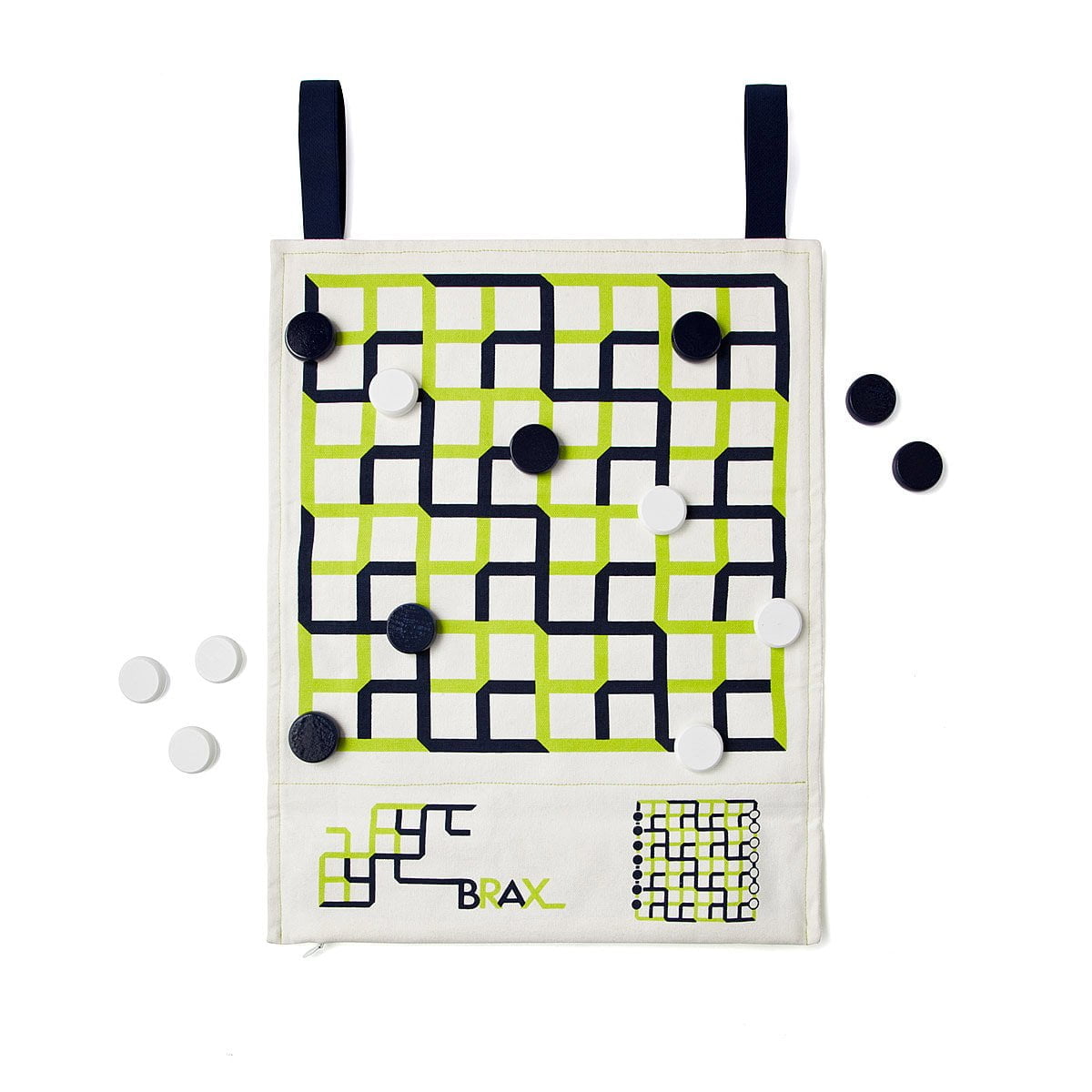Brax (1889)
Brax
Brax is a two-player abstract strategy board game invented in 1889 (or shortly before) in America by Frederic B. Denham of New York City. The board design is unique, and the players move their pieces along paths on the square board, each path being one of two colors. A piece can move one or two spaces in a turn depending upon whether it matches the color of the path. Players attempt to capture each other’s pieces. Brax was featured in The Book of Classic Board Games, written by Sid Sackson and published by Klutz Press in 1991, which ranked it among the top 15 board games in history.
Why is Brax Popular?
Brax is a fairly simple abstract game that can be played on several different levels. It is known for its unique board design and Gameplay Mechanics of Brax, which make it a challenging and engaging game for players of all skill levels. The game is also significant because it has been featured in The Book of Classic Board Games, which is a testament to its popularity and enduring appeal.
We are supported by our audience. When you purchase through links on our site, we may earn an affiliate commission, at no extra cost for you. Learn more.

